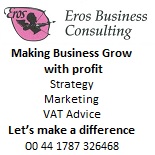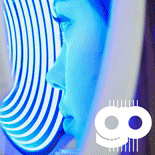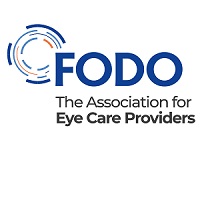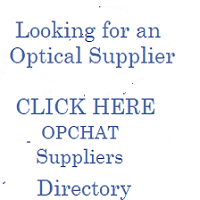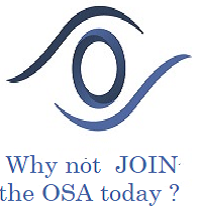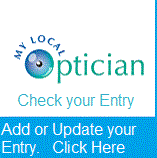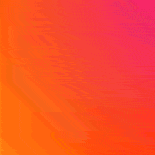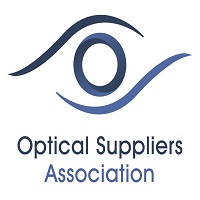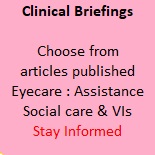General News
Our children deserve better – HOYA Vision Care calls for urgent action to address childhood myopia
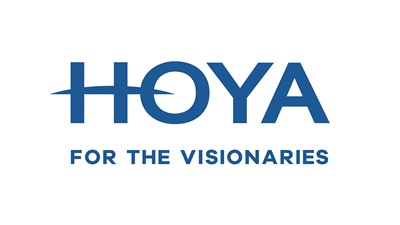 Our children deserve better – HOYA Vision Care calls for urgent action to address childhood myopia
Our children deserve better – HOYA Vision Care calls for urgent action to address childhood myopia
HOYA Vision Care has called for urgent action to mitigate the burden of myopia by making it a global priority for governments and public health bodies.
The urgency to prioritise myopia stems from its significant impact on patients, communities, and healthcare systems. As the prevalence of myopia is increasing, it is imperative for governments and public health bodies to prioritise its treatment as a public health concern to improve the quality of life for children living with this condition as well as to educate on preventive solutions.
Myopia, also known as short-sightedness, is a common eye condition whereby objects far away appear out of focus. By 2050, an estimated 5 billion people could be affected by myopia with the rate of progression most rapid amongst children under 10 years of age1. Childhood myopia is a growing global problem due to factors such as increased near-work activities and less time spent outdoors2, but there is also a lack of awareness about the condition and its impact amongst patients and the parents of children living with myopia.
The risk of complications increases exponentially with increasing degrees of myopia.
Dr. Serge Resnikoff, Chair of the International Myopia Institute said, “There are fundamental differences between having low and high myopia. People with high myopia have a higher risk of developing complications such as macular degeneration, retinal detachment or even glaucoma which may lead to irreversible blindness.”
However, there is still no safe level of myopia. Despite the risk of complications being modest at low levels of myopia, it is still a public health threat. In fact, 41.6% of cases of Myopic Macular Degeneration (MMD) were found in low myopes.3
Treating myopia in children early not only helps to correct their vision; providing myopia management solutions earlier can slow down myopia progression and preserve their vision and eye health for the future. MiYOSMART is a spectacle lens based on the revolutionary Defocus Incorporated Multiple Segments (D.I.M.S.) Technology. In a 2-year randomised controlled clinical study, wearing MiYOSMART spectacle lenses slowed down myopia progression on average by 60%, compared to wearing standard single vision spectacle lenses. 1 in 5 children had no myopia progression at all within 2 years of wear4. A 6-year follow-up clinical study also revealed that the myopia management effect was sustained over 6 years, demonstrating that there is benefit in wearing the spectacle lenses long term.5
 “Now is the time for our healthcare ecosystems to work together and act collectively upon awareness and education. Our children deserve better – the impact of myopia on our children’s lives should not be overlooked with it affecting their education and quality of life,” said Alexandre Montague, CEO HOYA Vision Care. The success of MiYOSMART is only the first step. We’re calling for increased efforts to raise awareness, educate Eye Care Professionals, educate parents through Eye Care Professionals about the condition and the importance of diagnosing, monitoring and seeking timely treatment for their children.”
“Now is the time for our healthcare ecosystems to work together and act collectively upon awareness and education. Our children deserve better – the impact of myopia on our children’s lives should not be overlooked with it affecting their education and quality of life,” said Alexandre Montague, CEO HOYA Vision Care. The success of MiYOSMART is only the first step. We’re calling for increased efforts to raise awareness, educate Eye Care Professionals, educate parents through Eye Care Professionals about the condition and the importance of diagnosing, monitoring and seeking timely treatment for their children.”
Every child deserves to have better treatment for their vision health. MiYOSMART is available in more than 30 countries* worldwide and over 2 million parents across the world have already trusted the solution for their children.6
*MiYOSMART has not been approved for myopia management in all countries, including the United States, and is not currently available for sale in all countries, including the United States.







